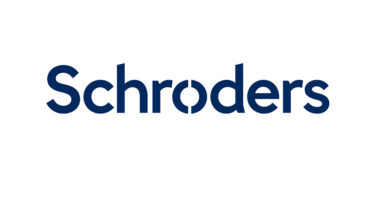There has been a lot of discussion about a recent academic paper, “Why Indexing Works,” which makes a statistical case for passive investing in equities. The same logic applied to bonds, though, may make the opposite case: Passive fixed income management doesn’t work, but active bond management does.
The core of the argument for passive equity investing is the skewness of returns and hence further skewness in outcomes that arise when one looks at the resultant stock prices. While a normal distribution of returns is a reasonable approximation of outcomes and generates prices that are log-normally distributed and positively skewed, it understates what we observe in practice.
To give a motivating example, the most an investor can lose from an equity investment is all of that investment – 100%. But if we look at the S&P 500 for 2016, the top-performing stock, Nvidia, was up 227% for the year. There’s much greater upside than downside – positive skewness.
Bonds are different
If individual stock returns are positively skewed, what can we say about bond returns? We could go through the laborious exercise of examining return data, but a more elegant approach would be to appeal to the seminal work of Nobel laureate Robert Merton. The value of a company is the sum of the market values of its debt and its equity. As such, the equity is a perpetual call option on the value of a firm’s assets in excess of the face value of the debt. Further, corporate debt is the sum of risk-free debt plus a sold put with a strike price equal to the face value of debt. Calls are positively skewed; puts are negatively skewed.
Presented another way, what is the most an investor could get back on a bond? If the bond is held to maturity, the investor gets accrued interest, future coupons and the principal. While bonds can appreciate in market value, over the life of the bond under most circumstances it returns approximately the yield. If the issuer defaults on the bond, the return can be substantially less. A likely return with capped upside – plus a possible return of substantial loss – equals a negatively skewed distribution of returns.
If positive skewness is a headwind to active management, does negative skewness provide a tailwind? I’ll leave it to the academics to do the laborious work to disprove the conjecture – if they can.
In the meantime, it’s another indication that bonds are different than stocks.
James Moore is the head of the investment solutions group and leads PIMCO’s global team of pension solutions strategists.
For more on active management, please see “Why Bonds Are Different.”







